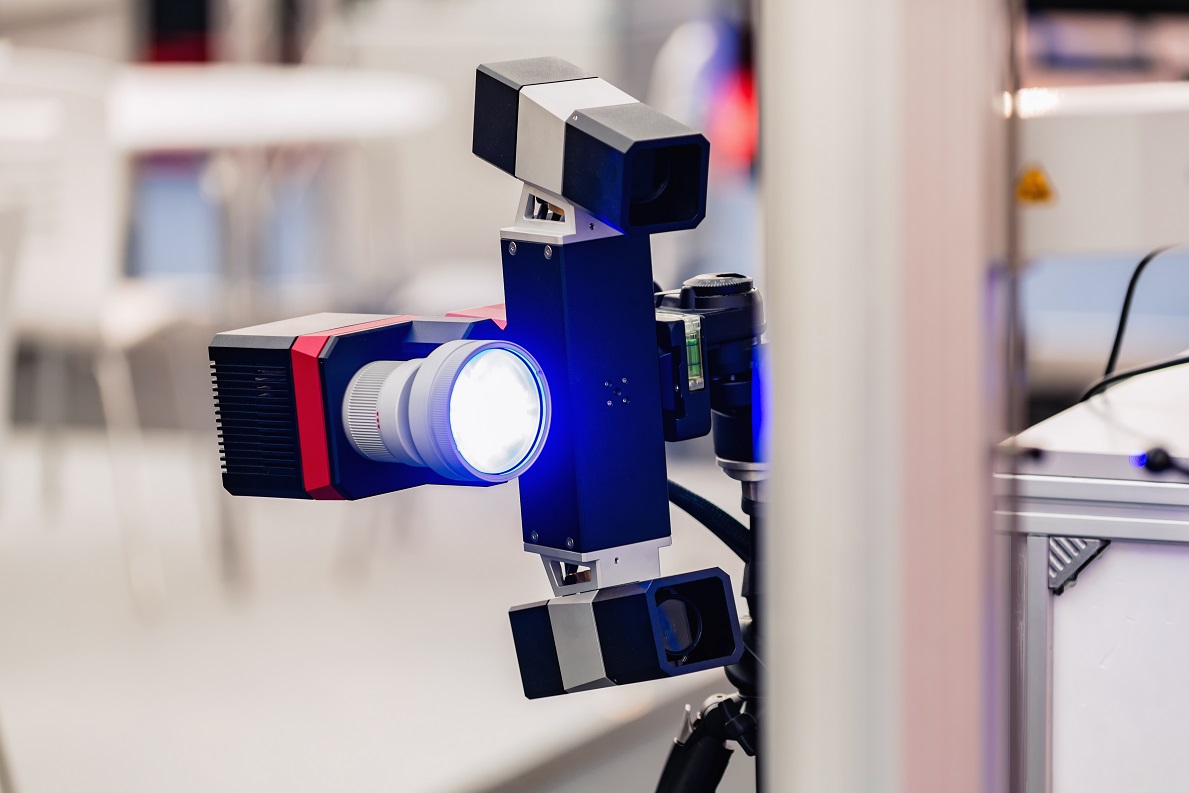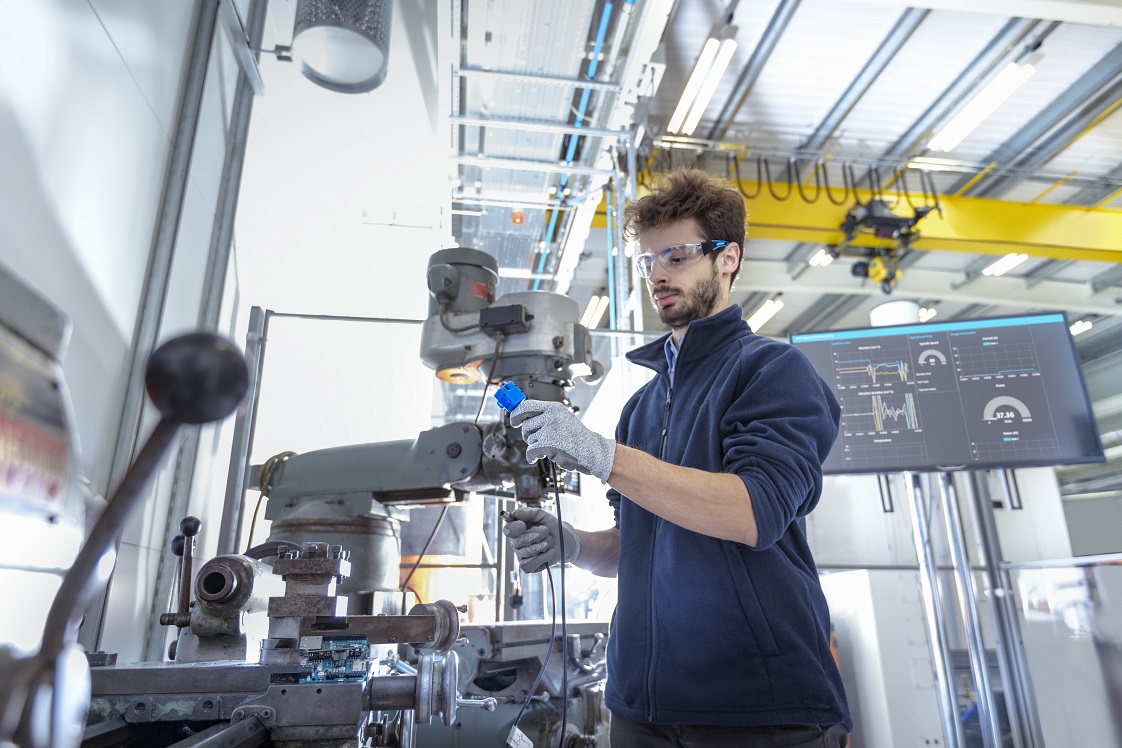Sensor fusion is a technique that involves combining the data from multiple sensors to obtain a more accurate and reliable estimate of a system's state.
It is an important technology that has applications in a wide range of fields, including robotics, autonomous vehicles, and wearable devices.
By combining the data from multiple sensors, sensor fusion can help to improve the accuracy and reliability of the measurements, as well as provide a more comprehensive view of the system.
Some of the key benefits of sensor fusion include improved performance, increased robustness, and reduced cost.
There are many different types of sensor fusion techniques, including Kalman filtering, complementary filtering, and extended Kalman filtering, each of which has its own unique strengths and applications.
In this blog, we will explore the different types of sensor fusion in detail.

Kalman Filtering
Kalman filtering is a statistical technique that is used to estimate the state of a system based on noisy and uncertain measurements.
It is a widely used technique in control systems, navigation, and robotics, and is particularly well-suited for systems that are continuously changing or updating.
Kalman filtering works by using a model of the system and a set of equations to predict the future state of the system based on the current measurements and a set of assumptions about the system's dynamics.
The predictions are then updated based on the new measurements, resulting in an estimate that is more accurate than either the predictions or the measurements alone.
One of the key advantages of Kalman filtering is that it is able to handle multiple sources of noise and uncertainty, making it a robust and reliable technique for a wide range of applications.
Complementary Filtering
Complementary filtering is a technique that involves combining complementary sensors to achieve better results than either sensor could achieve individually.
It is often used in inertial measurement units (IMUs) and other applications where low-cost sensors are used.
Complementary filtering works by combining the data from multiple sensors, each of which has its own strengths and limitations.
For example, an IMU may have a high-precision accelerometer but a low-precision gyroscope, while a magnetometer may have low precision but be less affected by acceleration.
By combining the data from these sensors, complementary filtering can provide a more accurate and reliable estimate of the system's state.
One of the key advantages of complementary filtering is that it is able to take advantage of the strengths of different sensors while mitigating their limitations, making it a useful technique in a wide range of applications.

Extended Kalman Filtering
Extended Kalman filtering is a technique that is similar to Kalman filtering but is used in non-linear systems.
It is commonly used in navigation and control systems where the system dynamics are non-linear.
Extended Kalman filtering works by linearizing the system dynamics around the current estimate of the system's state, allowing it to use the Kalman filter equations to update the estimate based on the new measurements.
The linearization process introduces some error, but this error is typically small when the system is operating near a stable point.
One of the key advantages of extended Kalman filtering is that it is able to handle non-linear systems, making it a useful technique in a wide range of applications. It is also relatively computationally efficient, making it a popular choice in real-time applications.
Consensus-based Filtering
Consensus-based filtering is a technique that involves multiple sensors working together to reach a consensus on the state of the system.
It is often used in distributed systems where multiple sensors are spread out over a large area.
Consensus-based filtering works by having each sensor estimate the state of the system based on its own measurements, and then exchanging these estimates with the other sensors.
The sensors then compare their estimates and reach a consensus on the most likely state of the system.
One of the key advantages of consensus-based filtering is that it is able to combine the data from multiple sensors in a distributed system, making it a useful technique in a wide range of applications.
It is also relatively robust to individual sensor failures, as the estimates from the other sensors can compensate for any errors or biases in a single sensor.
Particle Filtering
Particle filtering is a technique that involves representing the state of a system using a set of weighted particles, which are updated based on the measurements from the sensors.
It is commonly used in robotics and control systems.
Particle filtering works by sampling the state space using a set of particles, each of which represents a possible state of the system.
The particles are then updated based on the measurements from the sensors, with the weights of the particles being adjusted based on the likelihood of each state. The particles with the highest weights are then used to estimate the most likely state of the system.
One of the key advantages of particle filtering is that it is able to handle non-linear and non-Gaussian systems, making it a useful technique in a wide range of applications. It is also relatively computationally efficient, making it a popular choice in real-time applications.

In this blog, we have explored the basics of sensor fusion, its importance, and the different types and applications of sensor fusion. As the field of sensor fusion continues to evolve, we can expect to see new technologies and applications that will further advance the capabilities of sensor fusion and expand its use in a wide range of fields.
Tooliqa specializes in AI, Computer Vision, Deep Learning and Product Design UX/UI to help businesses simplify and automate their processes with our strong team of experts across various domains.
Want to know more on how AI can result in business process improvement? Let our experts guide you.
Reach out to us at business@tooli.qa.






.jpeg)


